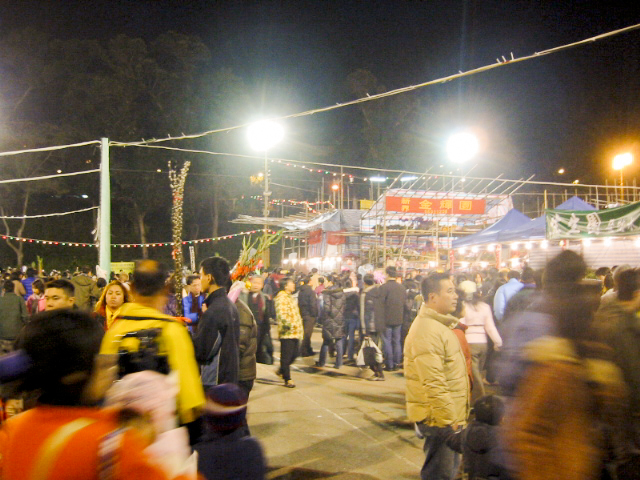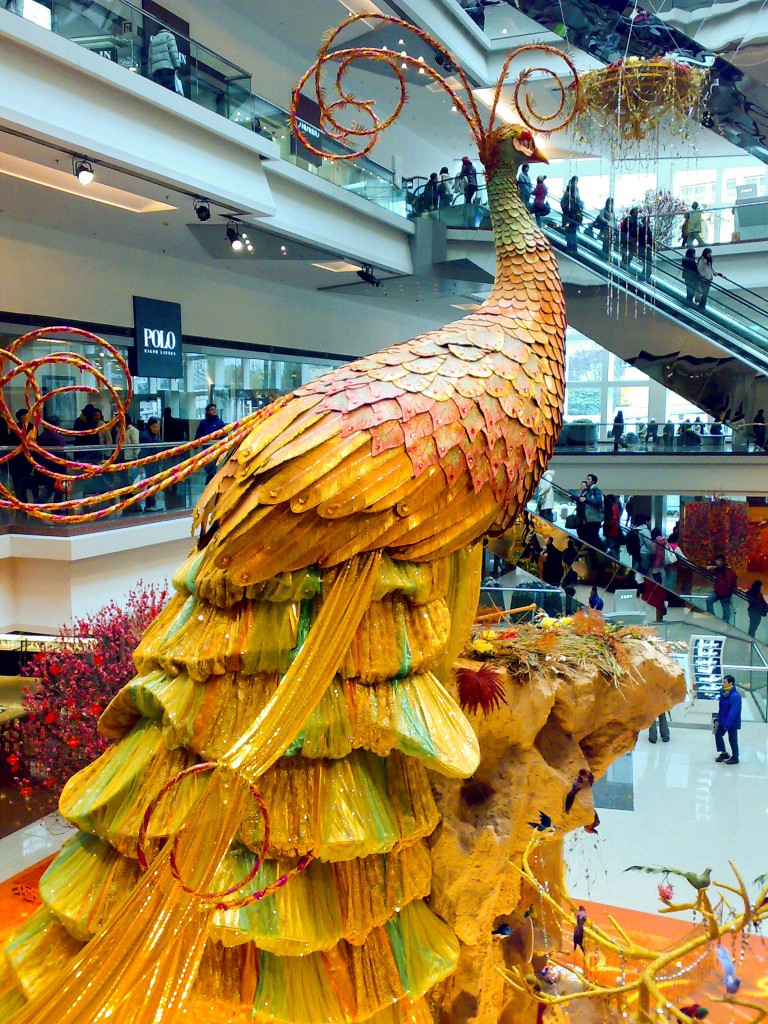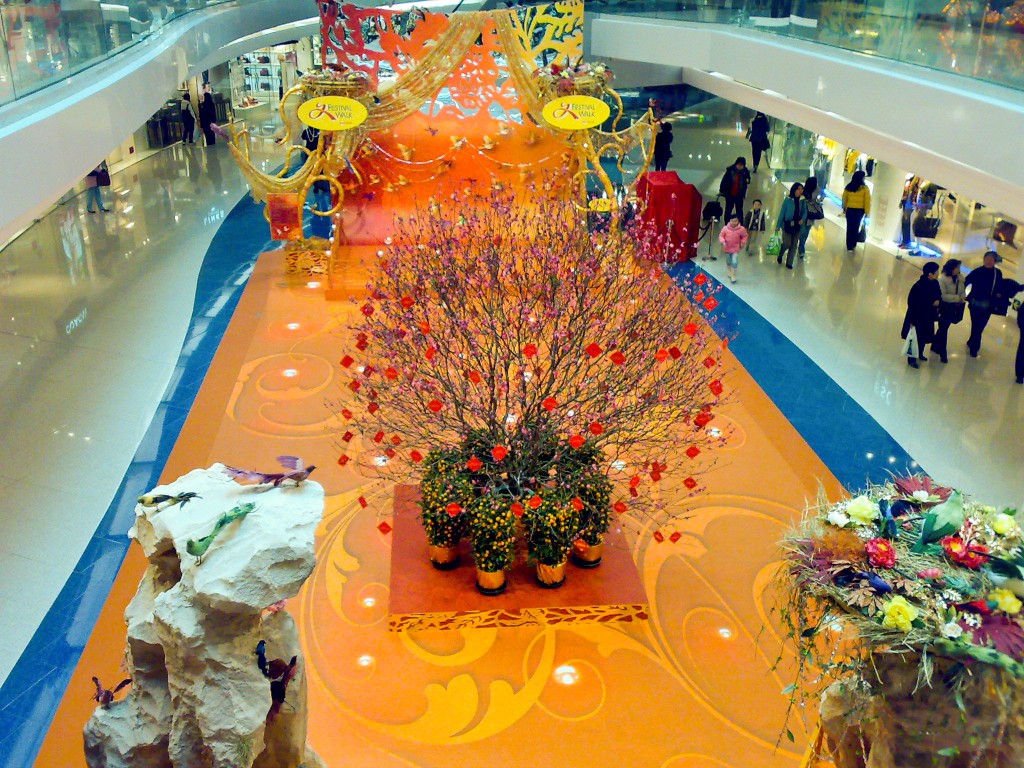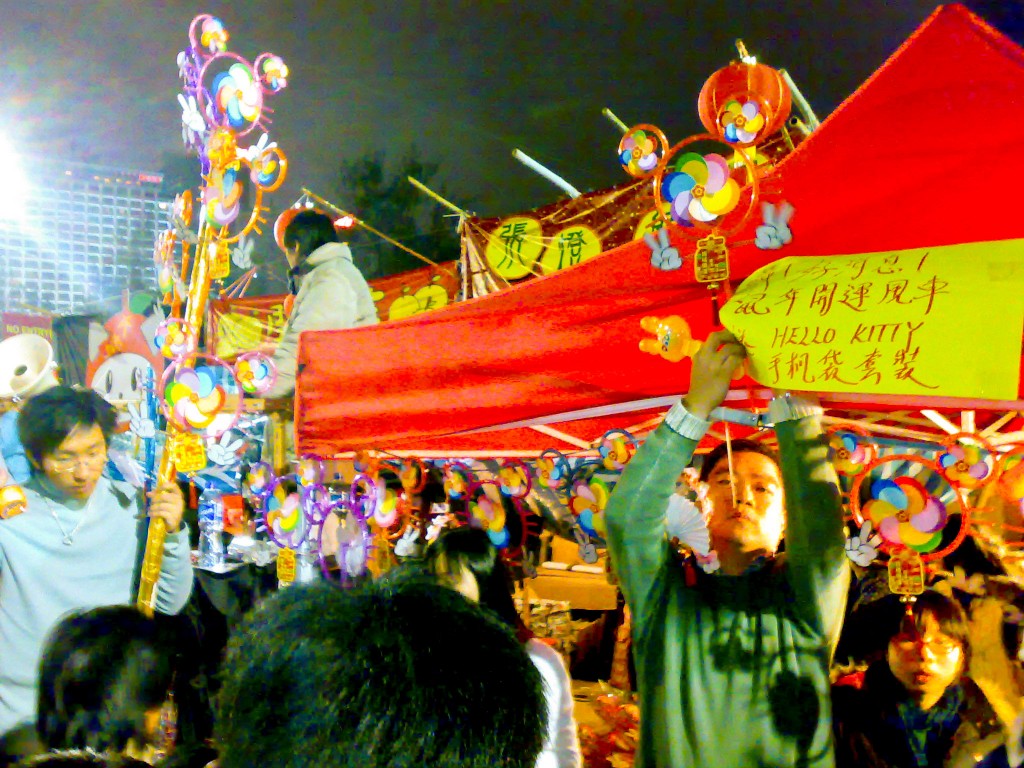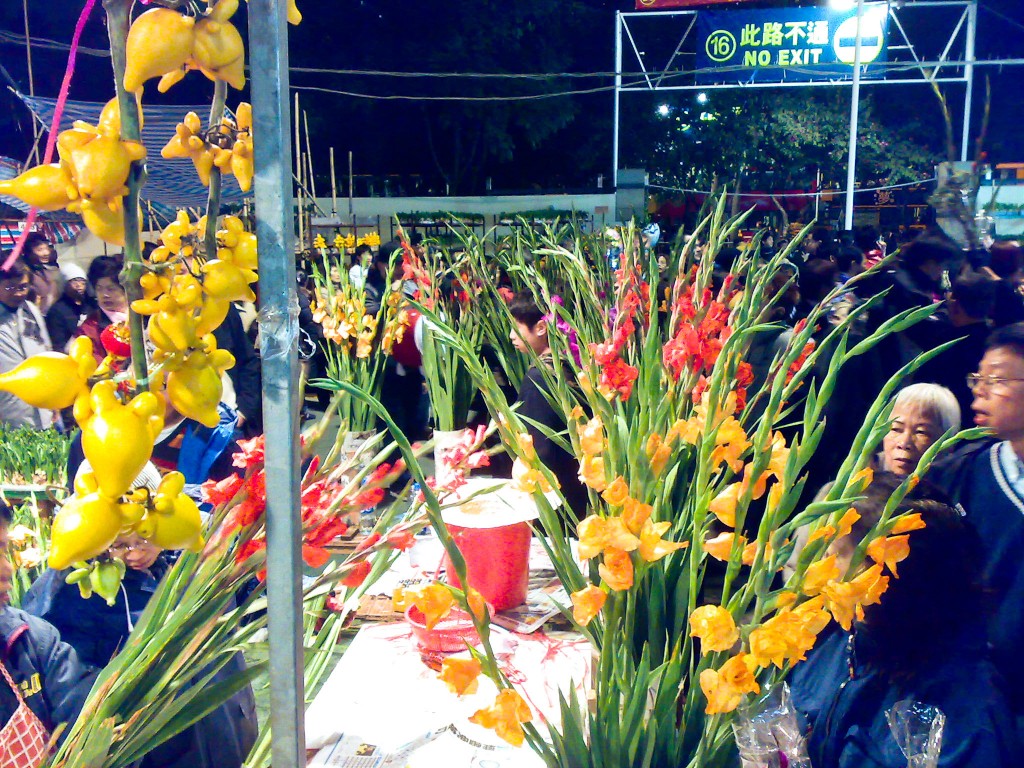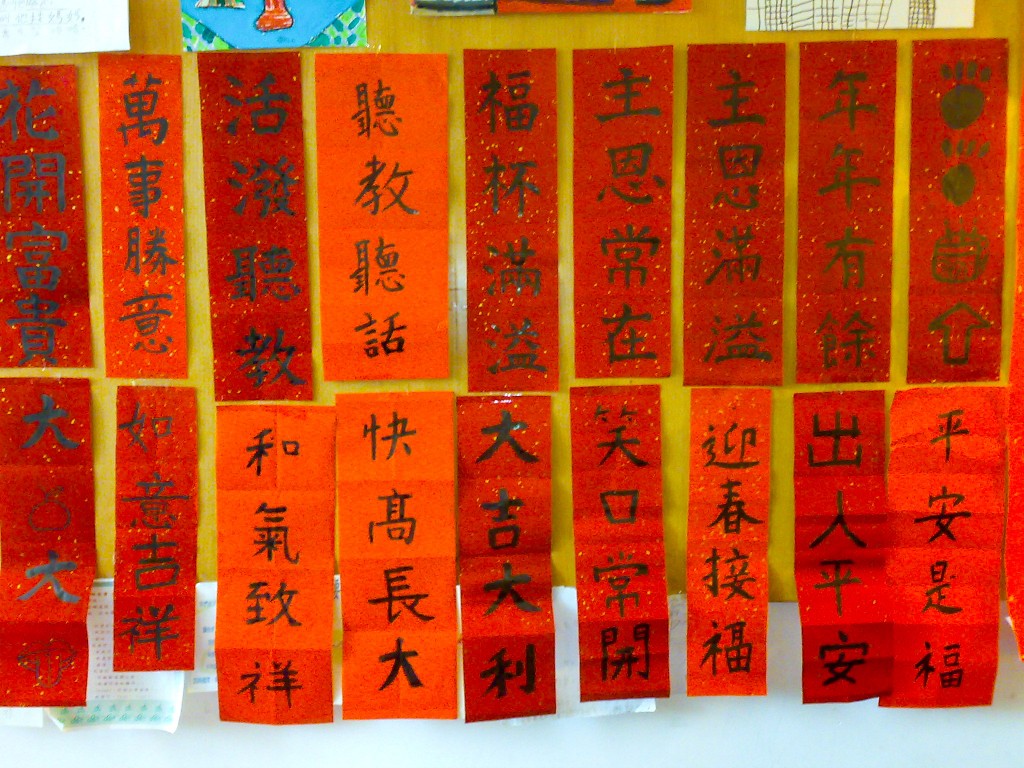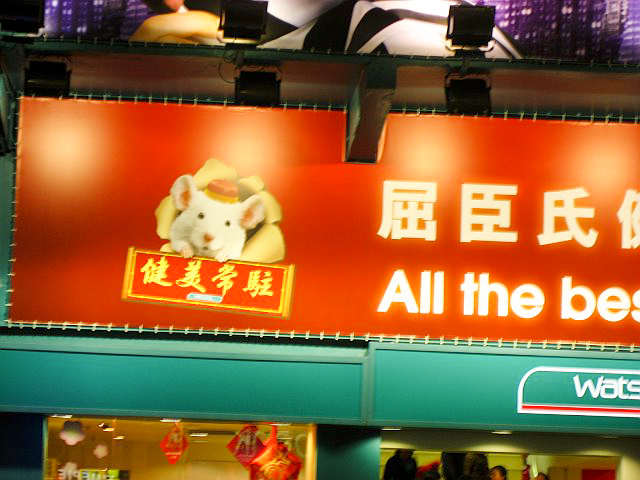Growing up Chinese American, the lunar New Year was a holiday I grew up with at home. But it did not feel special at all. Usually I would still go to school, and my parents would still go to work. It was a day just like any other. For sure, my parents would figure out a weekend that worked with my aunts and uncles to gather for a new years meal, and we ate food that Hong Kong people would traditionally eat for the new year, like pun choi (click here for a Wall Street Journal article about this dish), and fish (the word for fish in Chinese, yu, sounds a lot like the word for surplus or extra, so the saying nian nian you yu – year after year there is fish – is a play on words that symbolizes extra wealth and happiness). I enjoyed these gatherings, as I enjoyed all of our family gatherings.
But like I said, it did not feel special. Thanksgiving felt special, because we talked about it in school, we enacted skits with pilgrims and Indians in it, and we watched the Charlie Brown special on TV every Thanksgiving. Christmas felt special, because for an entire month leading up to it you would hear Christmas music on the radio and in the malls when you went shopping for presents; and my parents played out the whole Santa Claus and stockings on the chimney thing, so my brother and I believed in Santa Claus, and we partook in the magic feeling of meeting him at our local mall. Best of all, we had nearly two weeks off from school!
It wasn’t until my junior year of college when I went to Hong Kong to study abroad that I felt the magic of the lunar new year. For Chinese people, the lunar new year is what Christmas is for us. For the entire month leading up to it, there is lunar new year music in the malls, and in the streets. But even better! They have these flower markets that pop up throughout the city. They are a great joy to walk around with friends or family, because they have games like we do at the fair, and you can warm up from the cold with hot snacks like noodles, or meat on a stick.
And of course, the time off! No school! No work! On the day after New Year’s, Hong Kong shuts down some of their busiest streets to allow pedestrians free reign, and to make their way to Victoria Harbor to watch the fireworks! Traditionally, in small towns and villages of China, families set off firecrackers and small fireworks in their local streets to scare away ghosts. Hong Kong continues this tradition, albeit in a less intimate and more controlled fashion, but it’s just as fun when you see how great the fireworks are, they are some of the best I’ve ever seen.
For the next several days, kids and adults still don’t have school or work, so you take this time to visit your extended family. We call this in Cantonese baaih nihn. Young people have to make their rounds to their aunts’ and uncles’, grandmas’ and grandpas’, to wish them a happy and healthy new year. In turn, your elders will give you lucky money in red envelopes. The rule on who gives lucky money and who receives is simple: if you’re single, you receive. If you’re married, you give. Age doesn’t matter. Another interesting phenomenon is that people only want to give cash that is fresh off the money printing press, so you’ll see lines out the door of all the banks, as people trade their old dirty wrinkled bills for fresh and clean new bills in preparation for the new year.
These are just some examples of what happens in Hong Kong for the lunar new year. It wasn’t until I was immersed in this cultural practice that I understood the magic of this holiday. Now, even when I am in the US, and there aren’t the flower markets, or the lunar new year music, or the fireworks, it feels special to me, because I experienced it in Hong Kong, like my parents did.
